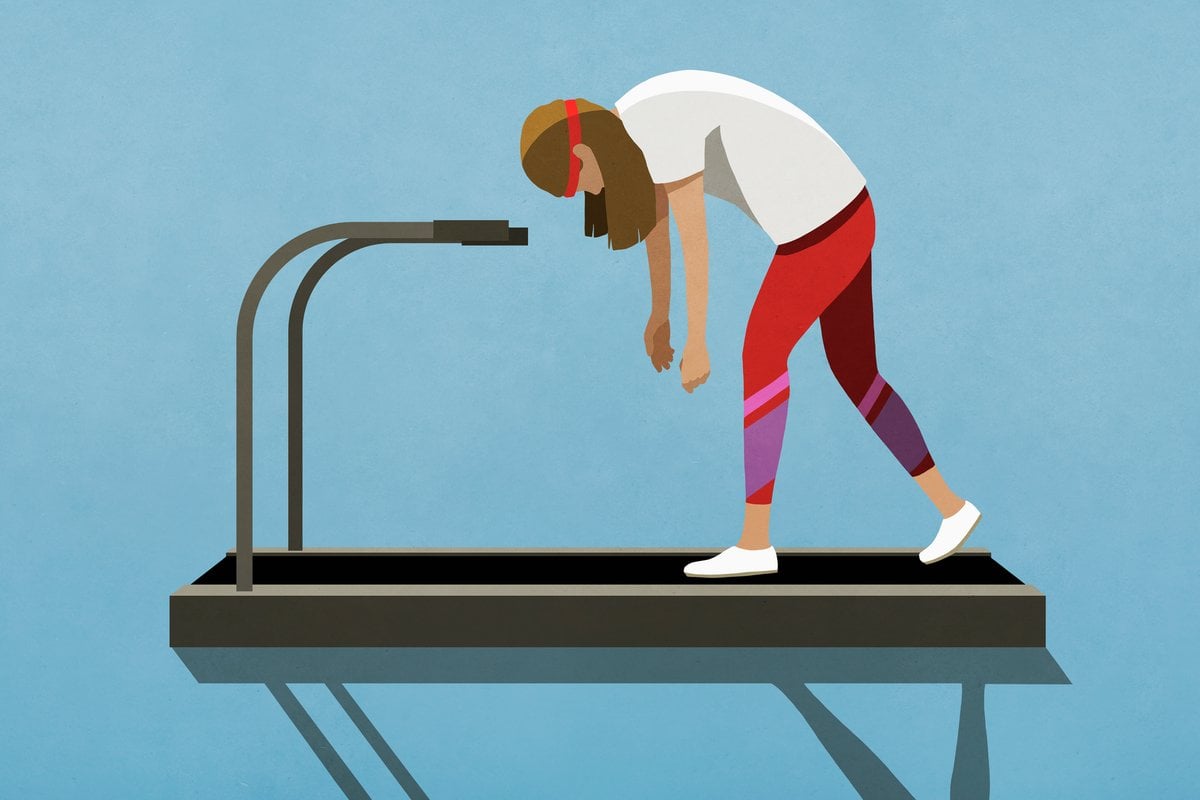
Kate Seers, Charles Sturt University and Rachel Hogg, Charles Sturt University
Wellness is mainly marketed to women. We’re encouraged to eat clean, take personal responsibility for our well-being, happiness and life. These are the hallmarks of a strong, independent woman in 2022.
But on International Women’s Day, let’s look closer at this neoliberal feminist notion of wellness and personal responsibility – the idea women’s health and well-being depends on our individual choices.
We argue wellness is not concerned with actual well-being, whatever wellness "guru" and businesswoman Gwyneth Paltrow suggests, or influencers say on Instagram.
Wellness is an industry. It’s also a seductive distraction from what’s really impacting women’s lives. It glosses over the structural issues undermining women’s well-being. These issues cannot be fixed by drinking a turmeric latte or #livingyourbestlife.
What is wellness?
Wellness is an unregulated US$4.4 trillion global industry due to reach almost $7 trillion by 2025. It promotes self-help, self-care, fitness, nutrition and spiritual practice. It encourages good choices, intentions and actions.
Wellness is alluring because it feels empowering. Women are left with a sense of control over their lives.
It is particularly alluring in times of great uncertainty and limited personal control. These might be during a relationship breakup, when facing financial instability, workplace discrimination or a global pandemic.